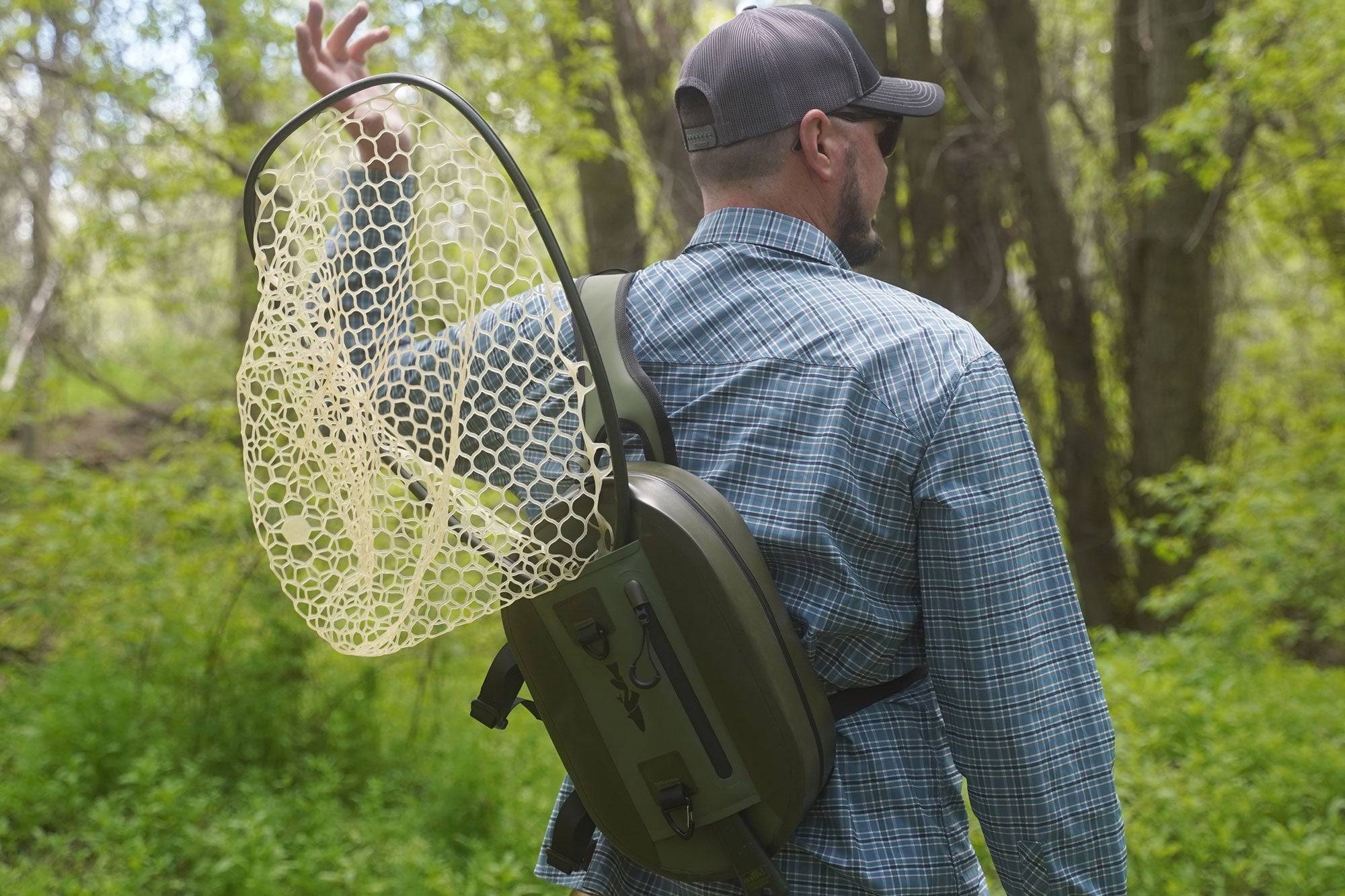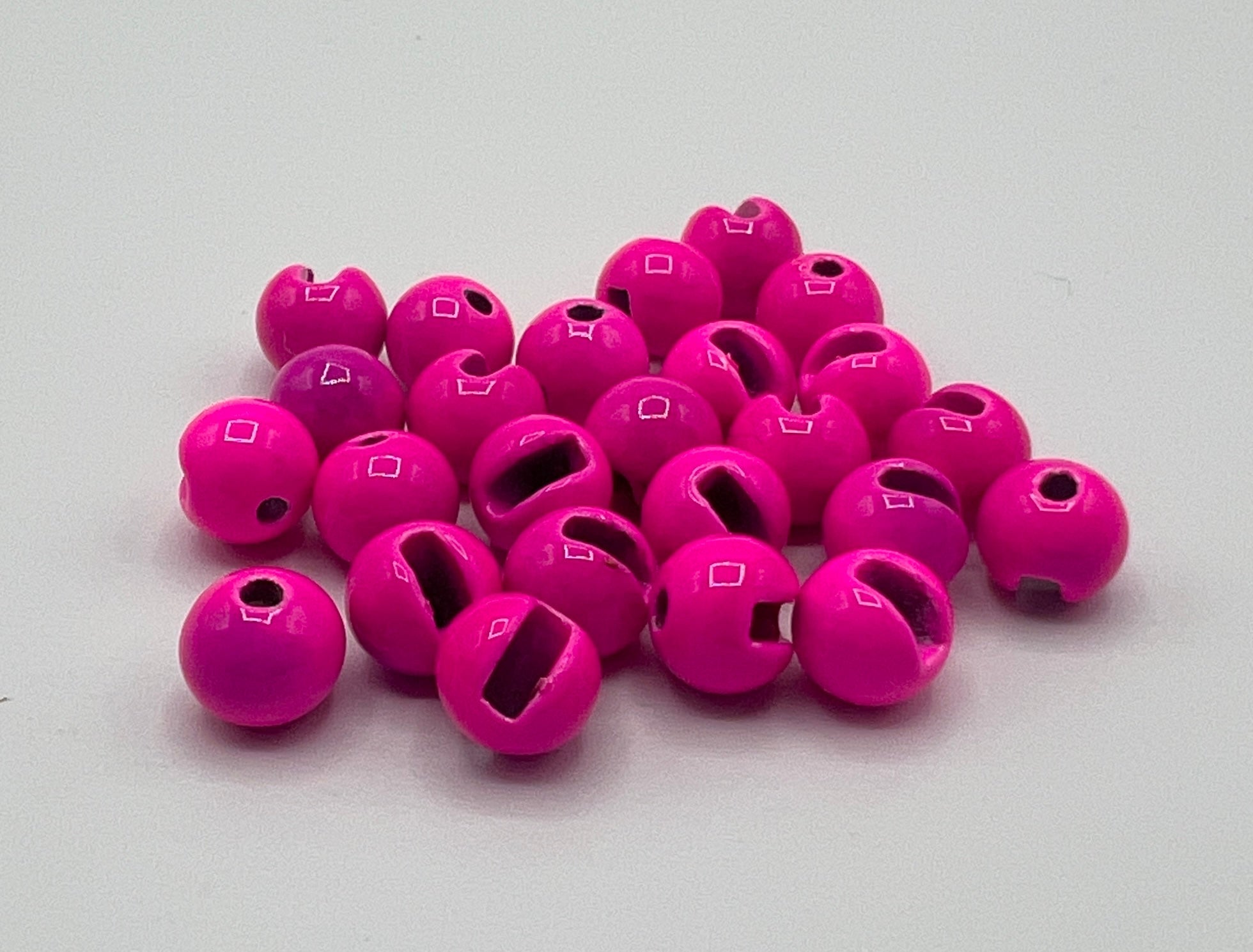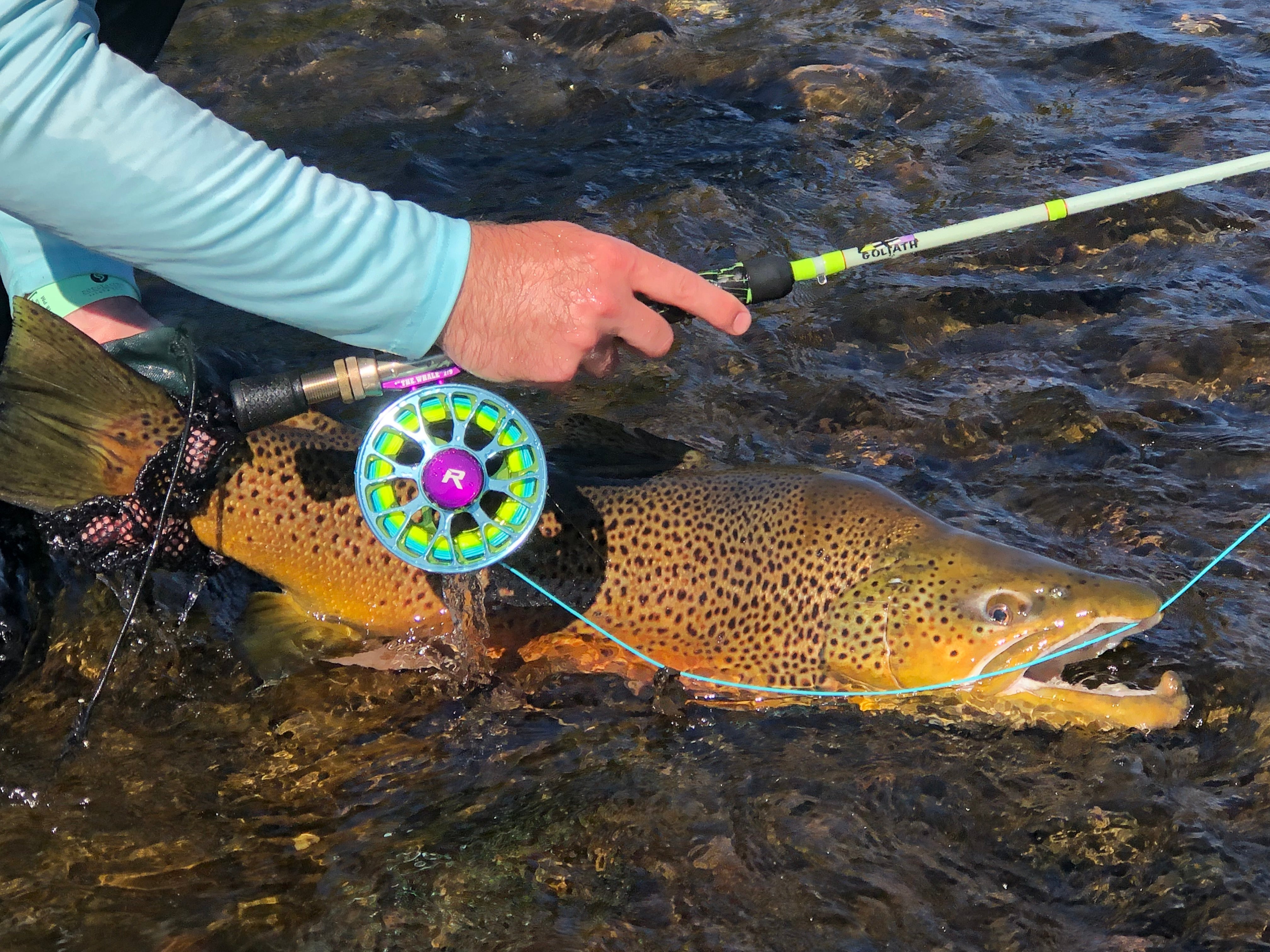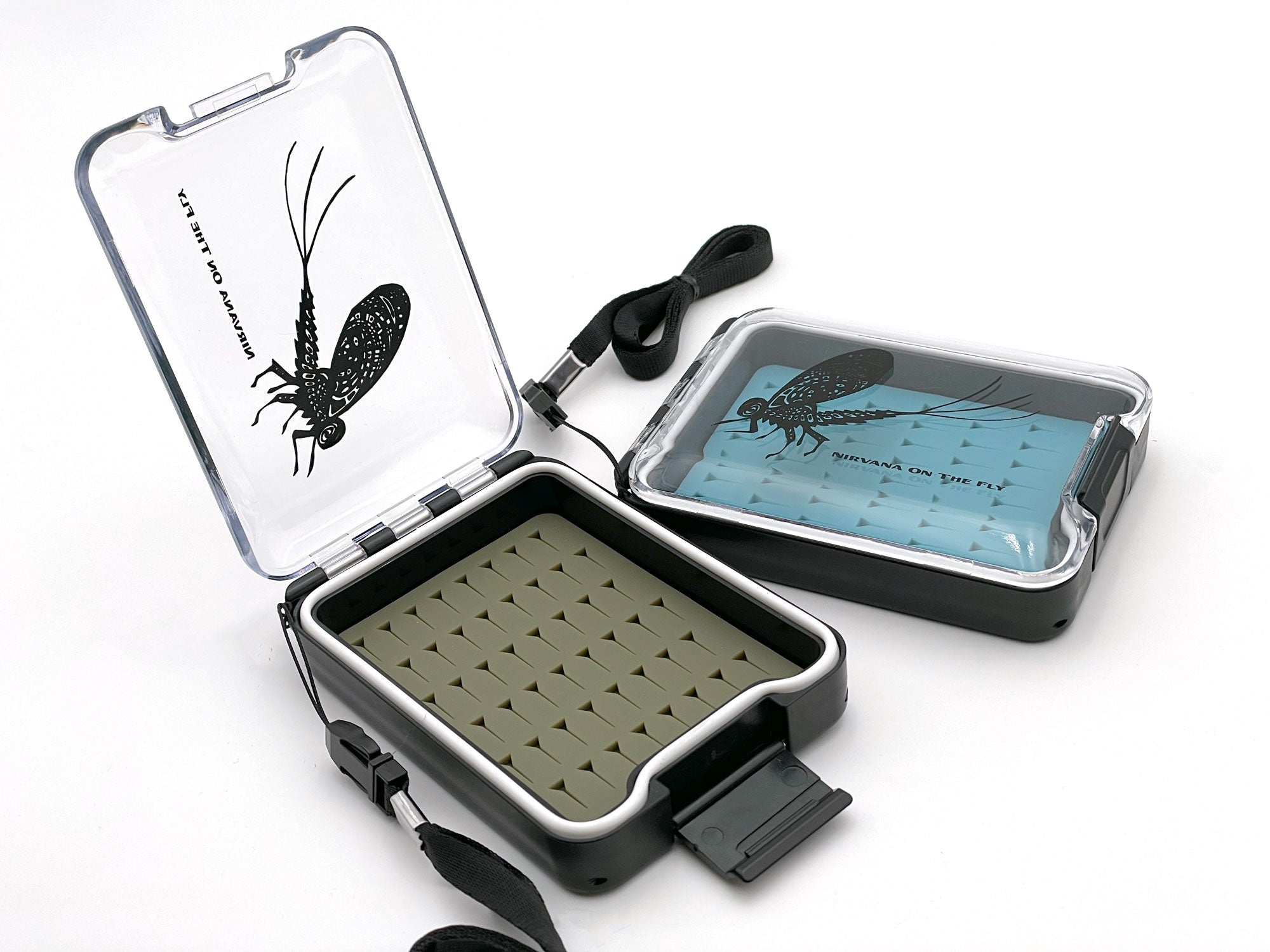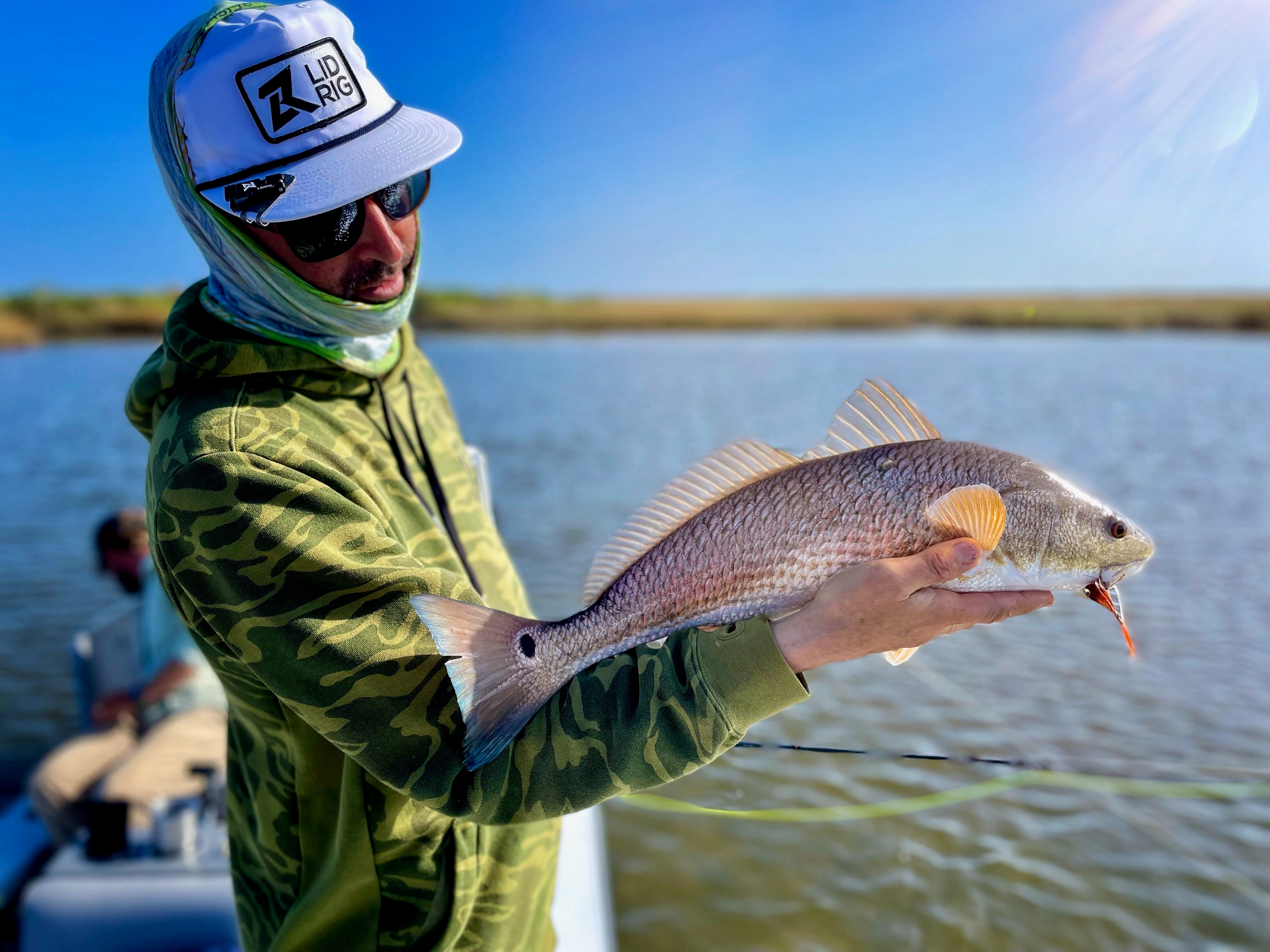Mahi Mahi is a merciless species in its hunt and growth. For example, a Mahi Mahi can grow 1 -3 inches a week! Fly fishing enthusiasts regularly target Mahi Mahi when they are on a bait ball and in a typical feeding frenzy. Before diving into all the details about the species let's take a few minutes to unveil answers to a majority of the FAQs related to them. Here are ten FAQs that will help you get your feet wet.
- What are the best locations for fly fishing Mahi Mahi?
- What is the ideal season for targeting Mahi Mahi?
- What type of fly gear is recommended for Mahi Mahi?
- What are the most effective fly patterns for Mahi Mahi?
- How do you locate Mahi Mahi when fly fishing?
- What are some effective techniques for fly fishing Mahi Mahi?
- Can you catch Mahi Mahi from the shore?
- What are the fight characteristics of Mahi Mahi?
- Is there a specific tide or time of day that is best for targeting Mahi Mahi?
- What conservation practices should be followed when fly fishing for Mahi Mahi?
A - Practice catch and release whenever possible, use barbless hooks to minimize injury, and handle fish with care to ensure their survival upon release. Be aware of and comply with local fishing regulations and size limits. Because Mahi Mahi are such fast growers it is common to catch and keep smaller specimens. My suggestion is to take only what you will eat and share some with your guide so he/she has food for the entire family.
Fly Fishing for Mahi Mahi (Dorado) – Coryphaena hippurus – a species that haunts anglers and is the allure of seafood enthusiast. The rich tapestry of Mahi Mahi, exploring their biology, behavior, and the allure they hold in fishing and culinary circles. Whether you’re a seasoned fisherman, a culinary connoisseur, or simply curious about this vibrant species, this article is your gateway to understanding the Mahi Mahi.
View this post on Instagram
History of Mahi Mahi (Dorado, Dolphin)
The history of Mahi Mahi is as colorful as their shimmering skins. These fish have been known by various names across cultures, including Dorado and Dolphin Fish (not to be confused with the mammalian dolphin). Their first recorded encounters date back centuries, with early seafarers marveling at their beauty and prowess. Mahi Mahi have long been a symbol of abundance and prosperity in many coastal communities, featuring prominently in art, folklore, and cuisine.
Biology and Evolution of Mahi Mahi
Understanding the biology and evolutionary path of Mahi Mahi offers a window into their remarkable adaptations:
- Ancestral Origins: Tracing back the lineage of Mahi Mahi reveals a story of evolution in the open oceans. Their ancestors likely navigated ancient seas, gradually adapting to the pelagic lifestyle
- Morphological Adaptations: Mahi Mahi are known for their dazzling colors and streamlined bodies. Flouresent blues, yellows, whites and the deep salty blue combination has striking beauty. As mentioned, they exhibit rapid growth rates, reaching full size in just a few years. Their physical traits, like the elongated dorsal fin and powerful tail, are adaptations for speed and agility in the open ocean.
- Coloration: One of the most striking features of Mahi Mahi is their vibrant coloration, which can change rapidly. These color changes are believed to be a form of communication or a response to stress.
- Genetic Diversity: Genetic studies of Mahi Mahi populations reveal insights into their adaptation to different oceanic conditions and their migration patterns.
Here are more details on Mahi Mahi from NOAA
Mahi Mahi Habitats and Behavior
Mahi Mahi are pelagic fish, meaning they live in the open ocean, often near the surface. They are known for their migratory behavior and are found in warm ocean waters worldwide. It is most common to find them under trash believe it or not. As mentioned earlier, every time you see something afloat at sea it is ideal to check it out and you are likely to find a few Mahi Mahi swimming around eating the batifish that have gathered.
- Feeding Habits: Mahi Mahi are voracious feeders, preying on small fish, and squid. Their hunting strategy often involves swift, acrobatic turns with hat bull-shaped head and surface breaking leaps out of the water when crashing bait balls.
- Reproductive Behavior: Mahi Mahi have a fast reproductive cycle, maturing quickly and spawning several times per year. Their larvae are often found in sargassum weed, which provides shelter and food.
Want to know more about Sargasm then read this article.
View this post on Instagram
The Allure of Mahi Mahi Fly Fishing
Mahi Mahi are prized by fly fishers for their fight, acrobatics and every once in a while their sashimi tastes. They are known for their strength and speed, making them challenging and rewarding.
Fishing Techniques: Successful Mahi Mahi fishing often involves trolling with bait or lures by conventional anglers. However, in fly fishing, it is more common to look for floating items in the deaper waters or watching the skies for birds that are sighting bait fish. Anglers susing fly fishing techniques for a more challenging approach make these observations and can approach to make casts via sight or blind techniques. Either way achieving depth is typically a critical solution to success.
Culinary Value: Beyond sport, Mahi Mahi are highly valued for their firm, flavorful flesh, making them a favorite in many traditions. Because of the rapid growth and their known level of population in relation to overfishing, the Mahi Mahi is a common species to keep and share the spoils with your guide. I prefer keeping the smalling catches so nothing goes to waist and they are far better tasting than the big dolphins.
All in All
Mahi Mahi (Dorado, Dolphin) are not only a spectacular sight in the oceans but also a species of great importance in fishing. Their unique biology, behavior, and vibrant presence in our seas make them a fascinating subject for study and enjoyment. As we continue to explore and appreciate Mahi Mahi, it's crucial to promote their conservation and sustainable use, ensuring that future generations can also experience the joy of encountering these magnificent fish. Next time you are at the sushi restaurant, look around to see a painting or print that will inspire you to catch one on your own.
Want fantastic Mahi Mahi fishing then look at the El Gallo Fly Fishing Lodge in Baja.

By Christian Bacasa
Host of the Fly Fishing Insider Podcast
www.ffipodcast.com
@flyfishinginsiderpodcast
@dupeafish


